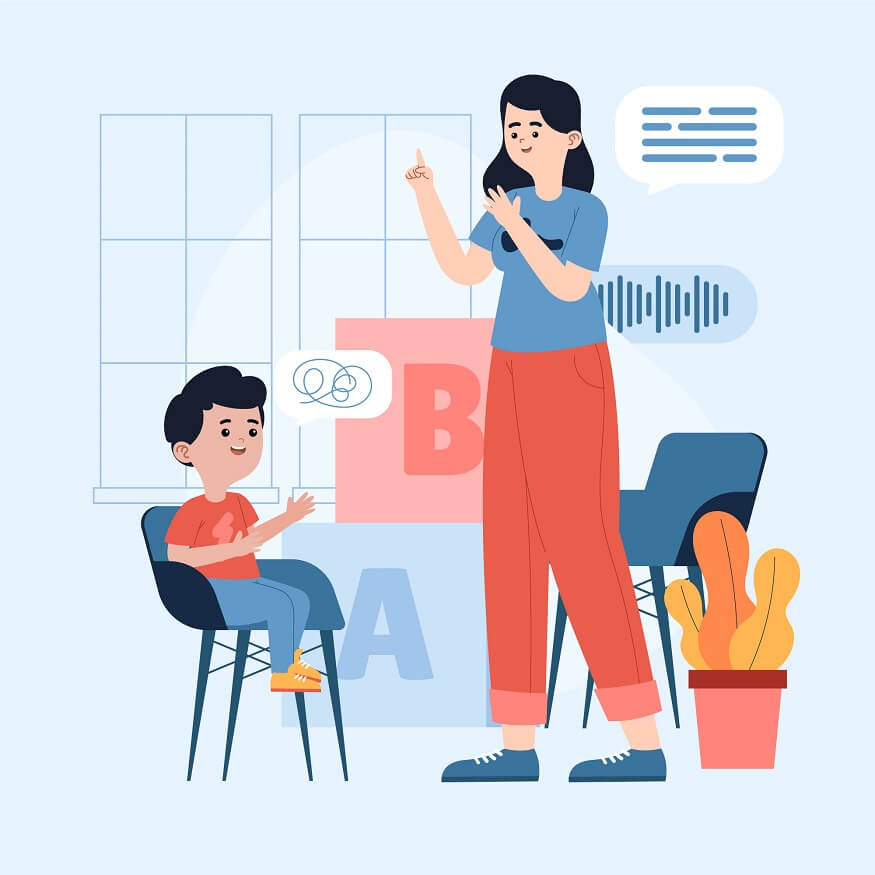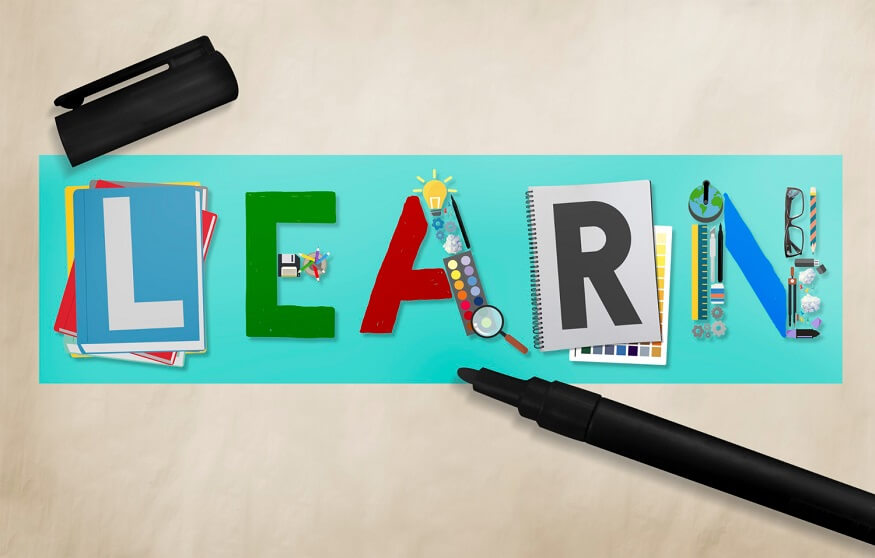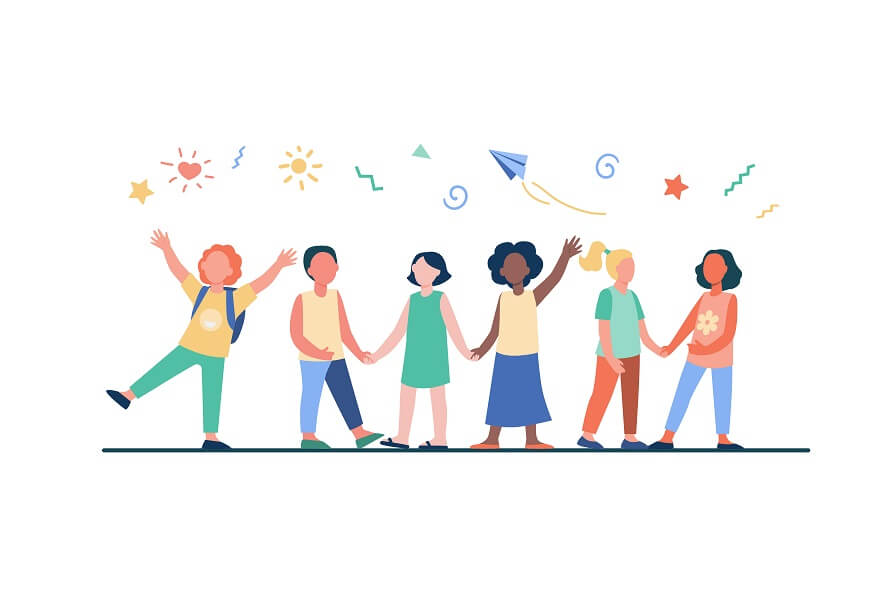Talk therapy, such as cognitive behavioural therapy (CBT), can benefit people of all ages, including young toddlers and teenagers. The core of CBT is how behaviour is influenced by beliefs and feelings. Even if a recognised mental illness is not present, your child can be helped by CBT.
In CBT therapy, a predetermined objective and a predetermined number of sessions are typically employed. With the help of the therapist, unproductive mental patterns will be replaced by positive ones, and alternative ways of handling stressful situations can be practised by your youngster through role-playing and other techniques.
Everything you should know about cognitive behavioural therapy for kids and how to locate a licensed therapist will be gone through.
How does cognitive behavioural therapy work?
(CBT) Cognitive behavioural therapy is a type of talk therapy that teaches patients how to recognize and change unhelpful thoughts and habits. Therapy places more of an emphasis on the present and future than it does on the past.
Although CBT therapy can be used to supplement other treatments and help with symptoms, it is not meant to “cure” disorders like ADHD.
CBT for children can be employed in real-world situations. Through this therapy, the unfavourable aspects of their thought patterns can be recognized by your child, and they can learn how to switch them out for more constructive ones. A youngster can learn how to react differently, and stressful situations can be ameliorated by developing new perspectives on things.
This kind of therapy might give your youngster practical tips for enhancing their current situation. They can carry these new talents with them throughout their life as they develop into habits.
Children who use cognitive behavioural therapy can gain control:
- Negativity in one’s thoughts
- Impulsivity defiance tantrums
- Better sense of self
- Improved self-control,
- New coping techniques
- Problem-solving abilities
How is CBT for kids operated?
Typically, after goals are discussed by the kid, the parent or caregiver, and the therapist, a treatment plan is developed.
In cognitive behavioural therapy, issues are resolved over a set number of sessions in an organised manner. It can take as few as six sessions or as many as twenty or more, depending on the child and the specific goals.
Cognitive behavioural therapy is a form of talk therapy, but it goes much beyond talking. Your child will be provided with practical means of taking charge and empowering themselves by the therapist. Practical skills that can be used right away will be imparted to them.
CBT Techniques
Therapeutic play: Issues can be addressed, and solutions can be developed by the youngster with the aid of arts and crafts, dolls and puppets, or role-playing. Additionally, younger kids can be kept interested.
CBT with a trauma focus: Children who have experienced traumatic situations, such as natural disasters, are treated using this approach. Cognitive and behavioural problems specifically connected to the trauma the child has endured will be concentrated on by the therapist.
Modelling: The desired behaviour can be illustrated by the therapist by acting it out in front of the child, for instance, by demonstrating how to deal with a bully.
Restructuring: Using this method, a child can learn how to transform bad thinking into a positive one.
For instance, “I’m terrible at soccer. I’m not the best soccer player, but I’m good at a lot of other things,” can be substituted with “A total loser is considered to be when one is not the best soccer player but is good at many other things.”
Exposure: The anxiety-provoking stimuli are gradually exposed to the youngster by the therapist.
No matter the method, Cognitive behavioural Therapy is crucial and can be carried out in several ways, including:
Individual: Sessions are conducted with only the child and the therapist present. Parent-child. Specialised parenting techniques are taught to the parents by the therapist, and they collaborate for the child to benefit the most from CBT. Family-based. The child’s parents, siblings, or other family members may be included in the sessions.
Group: The child, the therapist, and other kids going through a similar or identical situation are involved in the sessions.
Diseases that may be treated by CBT
Your child can be helped by cognitive behavioural therapy regardless of whether a recognized mental health issue is present. However, it can be quite useful in treating some disorders, such as:
Disorder of attention deficit and hyperactivity (ADHD)
Trouble staying still, and impulsive behaviour might be observed in children with ADHD. Although there are medications available to treat this illness, they aren’t always the best or only option.
Persistent symptoms are still experienced by some youngsters even after taking medicine. According to research, CBT therapy combined with medication may be found to be more effective for some adolescents than medication alone.
How Effective is CBT for kids?
A range of problems has been proven to be successfully addressed by evidence-based CBT.
Up to 60% of young people with anxiety disorders, who are provided with CBT therapy, experience recovery with a significant reduction in symptoms. It has been observed that these recovery rates are probably still present four years after the end of treatment, as revealed by studies of children who received therapy in community mental health clinics.
A marked decrease in the intensity of their symptoms was experienced by many ADHD-afflicted teenagers who underwent CBT therapy, as per studies.
When individualised trauma-focused CBT is undergone by children with PTSD, their PTSD, sadness, and anxiety symptoms can significantly improve. In one study, it was observed that 92 per cent of participants no longer satisfied the definition of PTSD after receiving CBT.
Conclusion
At Euroschool, you can learn to find CBT for a child. Although there are many therapists with CBT training, it is crucial for one with expertise in working with kids to be sought. What should be looked for includes the following:
Credentials: If help is needed, a clinical social worker, psychologist, psychiatrist, or licensed counsellor should be chosen. It has been proven that a professional who is licensed meets the requirements to practise in your state.
Experience: A professional with experience working with children or teenagers should be found.
Transparency: A professional who, following an initial evaluation or session with you and your child, is willing to outline goals and present a treatment plan should be looked for.










